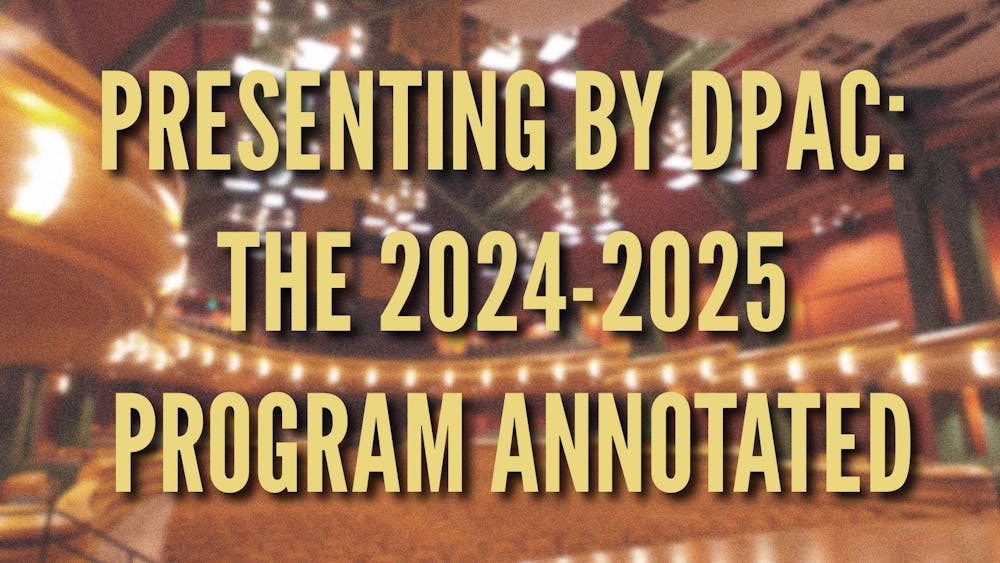You probably haven't visited a lot of places on campus. You've been to the Grotto, the Hesburgh Library, South Dining Hall and the Main Building. You've attended a theatrical performance, gone to hip hop night, seen the Keenan Revue (pre-SAO revisions), eaten at all the campus cafés and attended a Mass in the Basilica.
You think you've seen everything worth seeing. But you have probably never been to the Reyes Organ and Choral Hall in the DeBartolo Performing Arts Center, which houses the spectacular Fritts Organ.

The instrument dominates the room: It cost 1 million dollars and took a year to construct from the wood of an 800-year-old Douglas Fir. The most intriguing part of the room is not the organ's intricate carvings representing the four elements, or the blue-sheathed lights hanging from the ceiling. It is the small stuffed bird perched on the mantle above the keyboard. It's like something out of a child's, "Can you find the objects in this picture?" puzzle.
Can you spot the stuffed animal amidst the shiny golden wood of the organ? And what is a child's toy doing on this outrageously large and expensive instrument?
Craig Cramer, professor of music, said during his first years of teaching, he discouraged his students from improperly saying "et cetera." During his lectures, he would say, "quack" in the place of "et cetera." His students picked up on this, and stuffed ducks began appearing everywhere.
The duck that resides on the organ used to perch on the organ in Crowley Hall. After the Fritts Organ was installed, someone moved the duck to the center as a joke, and it has been there ever since. The duck has only been removed on one occasion, during the first student recital when a student couldn't stand to perform with the duck staring at him.
Across from the organ and its duck is a smaller but far more intricate Italian organ, built in Naples around 1680. This organ is a recent addition to the University, allowing students and guests to perform Italian organ music on an original antique organ. There are fewer than a dozen organs of this type in the United States, making the Italian organ a truly rare gem.
Guest performances by outside musicians are held about three times per year. In March and April, nearly a dozen masters of sacred music graduate students and organ performance undergraduates will perform recitals. Whether one seeks to appreciate fine music or to look for the out-of-place stuffed bird, a performance in the hall is definitely an experience every Notre Dame student should have.

The views expressed in this column are those of the author and not necessarily those of The Observer.
Contact Suzanna Pratt at spratt2@nd.edu












